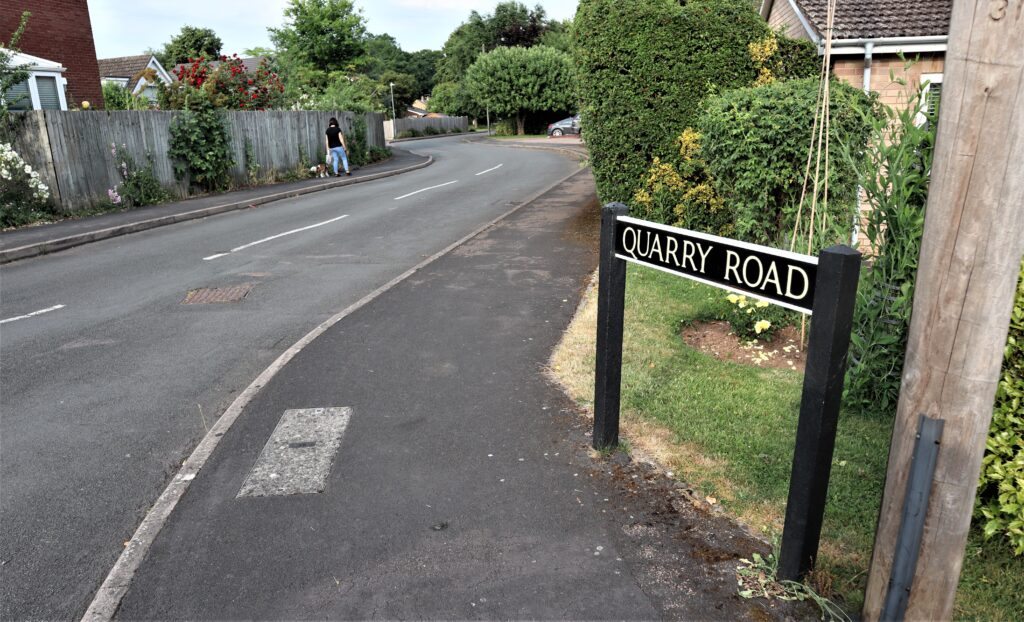Kenilworth’s Scottish Politican
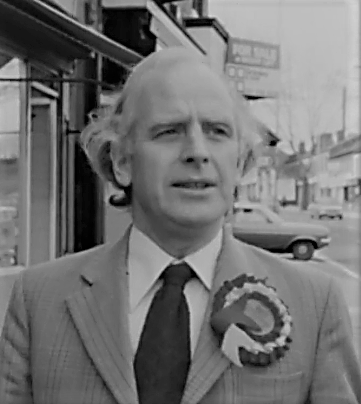
Former Quarry Road resident Thomas Litterick was born in Clydeside, Glasgow in 1929 to working-class parents, William and Annie.
The family moved south, probably to find work. In the 1939 register, the family were living at Standard Ave in Coventry. His father was recorded as being an ‘Engine Assembly Fitter’, probably in the car industry, as the city was a major car manufacturer.
Thomas had a younger sister called Margaret.
Arrival In Kenilworth
Thomas eventually became a university lecturer having graduated in economics at Dundee University. He also studed at the University of St. Andrews. He lecturered at both Lanchester Polytechnic (now Coventry University), and at Aston University in Birmingham, on Industrial Relations.
In 1957, Thomas married Jane Ellen Birkenhead at Chippenham and they eventually came to Kenilworth. They moved into a ‘new build’ at 1, Quarry Road, probably in 1966. They had four daughters together. Quarry Road has only four houses and adjoins Malthouse Lane with De Montfort Road.
Political Life – 1970
But it was politics that made Thomas, tick, especially the left-wing variety. This made him a ‘thorn-in-the-flesh’ of not only opposition parties like the conservatives but his own Labour party as well. He was uncompromising as well as outspoken and had strong principles and was never afraid to express his opinions.
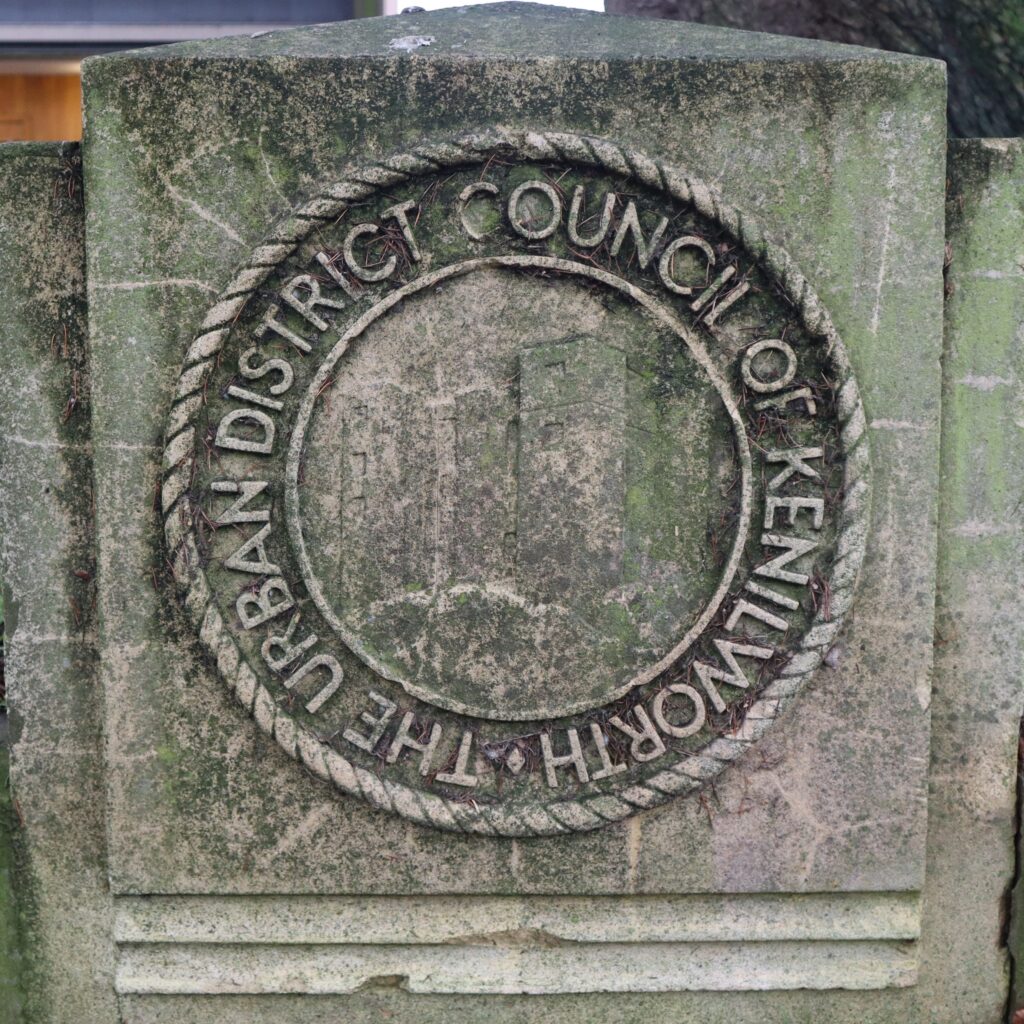
But his political life was somewhat of a roller-coaster. His first venture into public office was in the 1970 Kenilworth Urban District Council (KUDC) election when he was elected in the St John’s ward with 521 votes. He then stood in the first ever Warwick District Council (WDC) elections in 1973 but fell short in the combined Abbey & Borrowell ward, finishing 7th out of 10 candidates with only 283 votes. He also contested the Warwickshire County Council elections in 1970 and 1973, but was unsuccessful on both occasions.
His wife Jane, also stood in the 1970 KUDC election, but was un-successful in Castle ward. She last stood in 1976, both at the district and town council elections.
Resignation From KUDC
He remained on the KUDC until 1974, but resigned his seat when all the councillors were automatically transferred to the new Town Council. He believed that a poll should have taken place.
But that same year he was nominated by the Labour Party to stand in the February general election in the Selly Oak constituency, traditionally a Tory seat, but it was marginal. He fell short by 2,882 votes to Tory incumbent Harold Gurden. But when another general election was called in October of the same year, he again went head to head with Gurden, but this time he was triumphant winning by just 326 votes, due to a 3% swing. So his dream had come true, he was now a Member of Parliament on the back-benchs in the Wilson government. His voice would be heard on numerous occasions in the chamber, but he was somewhat surprised at the ‘cat-calling’ abuse that he found there.
Health and Family Issues
But it was in 1977, that he attracted most publicity. Whilst recovering from a heart attack after being on the danger-list in the Coronary Unit of Warwick Hospital, he announced he had left his wife for another woman. But, after recovering and moving to London, he suffered a relapse and was admitted to hospital.
During a press interview his wife said that she put his condition down to many factors, including the death threats they were getting, causing him stress. Indeed, his first heart attack came only hours after he had rushed back home from Westminster following death threats the family had received. She also blamed the long working hours that MPs had to endure and called for the government to change MPs working hours. Kenilworth Police became aware of the deaths threats and put on extra patroles around the area of the Littericks’ home.
The Thatcher Revolution
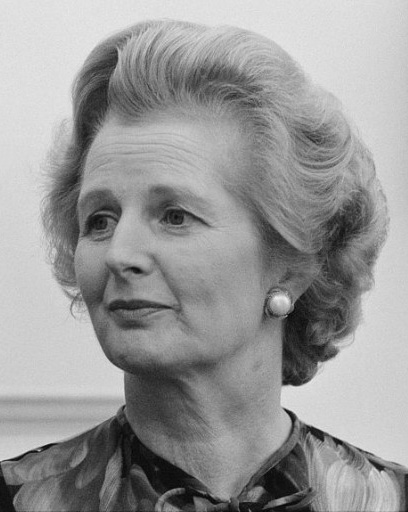
By the time of the 1979 General Election, the ‘wind of change’ was blowing threw UK politics. Margaret Thatcher had been tory leader since 1975 and her party stormed to a decisive victory over the Callaghan government with an overall majority of 44 seats. Thomas Litterick was one of the casualties, losing his Selly Oak seat by 4,775 votes. This must have been one of the lowest periods of his life. Thatcher would have been his arch nemesis, being on the complete opposite ends of the political spectrum to himself.
Death
Thomas Litterick died in London, on Monday 5th January 1981, he was 51 years old. His wife said she did not receive any notification until Tuesday afternoon when her solicitor called round to tell her of the tragic news. A death notice had appeared in The Times but no details of the funeral arrangements were mentioned. Mrs Litterick said that she had never given up hope that he would come back home to the family in Kenilworth.
Of the ‘other woman’ in his life she said; “If she is going through what we are going through, then I feel sorry for her but I appeal to her to let me have Tom’s body back so that he can be buried alongside his parents at Canley Cemetery”. But, on the 8th January, she conceded; “I will be attending the funeral tomorrow at the West London Crematorium”. Her 20 year-old daughter, Tracey, was also there. About 150 people were at the funeral, and his last election rosette was placed on his coffin.
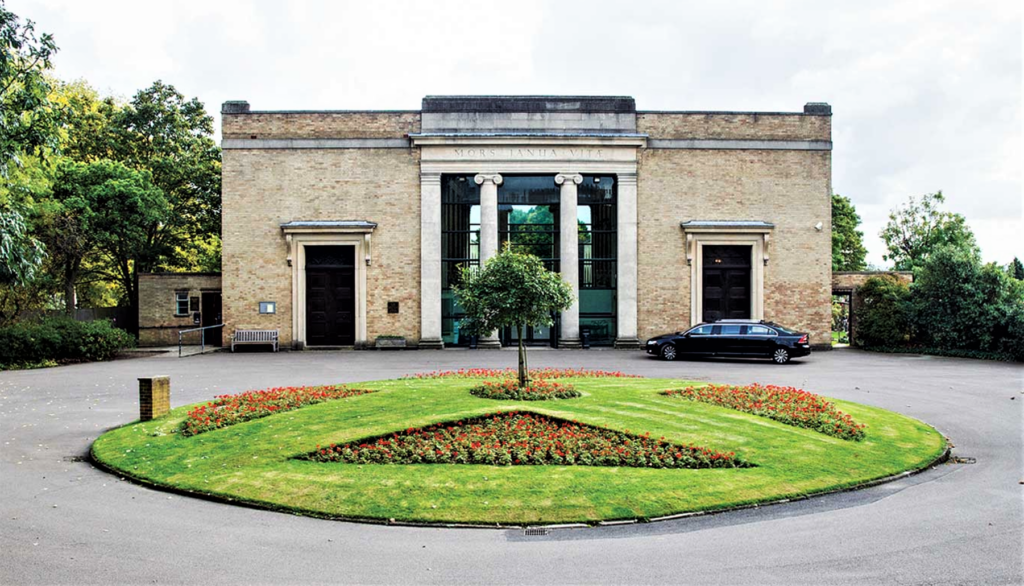
Tributes
MP Tony Benn, described him as a remarkable man, and a dedicated socialist. He said he was a fine teacher and a very modest man.
Former Chairman of the Kenilworth Labour Party, Joe England, of Forrest Road, said that in 1973, Mr Litterick told him that there was one thing he’d like to do before he dies was to spend some time in the ‘gasworks’ – his name for the House of Commons. A year later he got his wish.
Love him or loath him, one thing that Thomas Litterick must always be remembered for, is that he was the first Kenilworth resident ever to become an MP.
Jane Litterick continued to live in Quarry Road until her death in 2006, aged 73.
